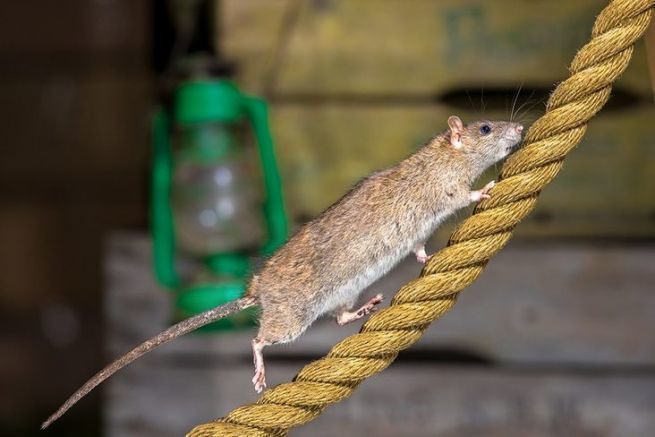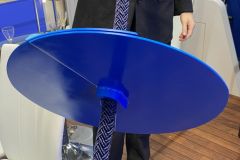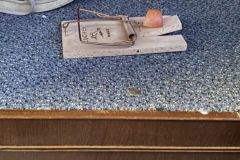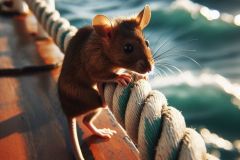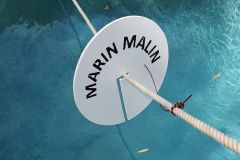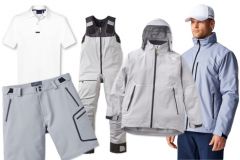At a time not so long ago ( at the end of the nineteenth century ) any boat entering a harbour had to produce a rodent-free certificate. With the development of yachting, this tradition has fallen by the wayside and today some of our harbors are infested with rats.
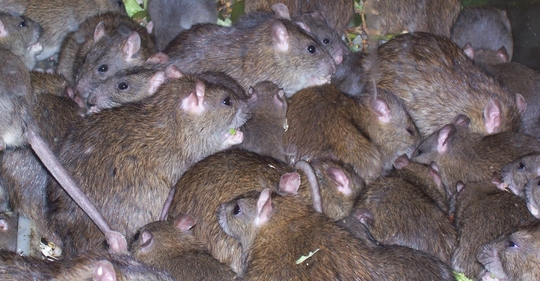
If the risk of infestation on a boat when we are at anchor is extremely low ( not to say non-existent ), in the harbor, it is almost illusory to avoid an invasion. Especially during the wintering period, when these undesirable visitors will have all the leisure to settle down and make themselves comfortable.
Understand what the rats are looking for
To better avoid invasion, it is important to understand what rodents are looking for. Like any warm-blooded mammal, rats need two main things:
- heat
- food
Heat is a very relative concept. The natural fact that the interior of the boat is sheltered from wind and moisture is enough to make it "warmer" for rodents and provide them with a pleasant home. Add to this the fact that if they are welcomed aboard the boat with blankets, pillows and soft mattresses, the rats will take up residence all the more happily.
As far as food is concerned, things are much easier to manage. The presence of food, whether it is still edible ( packets of pasta, milk carton .. ) or not ( crumbs, stale bread .. ) is enough to provide real meals for rodents. Of course, they will love your table even more if the food is easily accessible.
Discreet and shy animal, the rat will generally go and hide in improbable nooks and crannies. The bottom of a bilge, a spinnaker bag, a chain well or even a hollow keel, all these places are sufficiently secluded for these squatters to take up residence there.
Avoiding infestation
As you can see, the best way to get rid of these rodents is to prevent them from coming on board. Ban, especially in winter, blankets, sheets and other comforters on board your boat. On the one hand, because moisture will penetrate the cabins and you risk finding this linen moldy. In addition, these will be potential hot spots for these rats.
For food, a clean house, from top to bottom ( including under the floors, at the bottom of the closets, on the deck .. ) eliminates the vast majority of crumbs and food scraps that rodents like. Remember to remove packets of rice, pasta or long-life bread from the edge.
Ideally, avoid keeping anything closed that might be effective at hiding.
Each time you board the boat, make as much noise as possible to scare off any rats that may already be on board. Open every trunk and closet by slamming the doors, the rats will soon " leave the ship ".
If you have an electrical source, have an ultrasonic generator on board the boat. Choose a model that operates on low voltage to minimize the risk of fire. Ideally, choose a model that does not produce only ultrasound. Rats are particularly intelligent and some can adapt to the noise generated. Some devices alternate between ultrasound, light flashes and loud noises and seem to be very effective in scaring off these annoying visitors.
Finally, use a rat guard on the mooring lines and chains The use of this product is very effective as it disturbs these intruders in their progression towards your boat!
Detecting an infestation
It can be complicated, regardless of the size of the boat, to detect the presence of these intruders. They will hide anyway, and flexible as they are, they will go and lodge in places unknown to our human eyes. Detecting their presence is based on observation.
Small droppings ( about 5 mm long by 1 wide ), a pungent smell of urine or fabric dust should put you on alert without delay. Traces of passage are also indicative of the visit of these rodents.
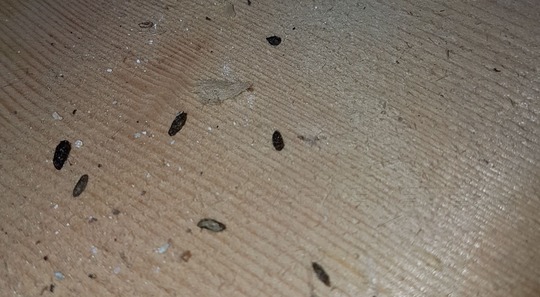
All in all, if you have a cat, come aboard with it from time to time. His nervousness will be a sign that there are rats in the boat.
Rats are on board... We will have to fight against their presence
The first thing to do is to understand what made these animals want to select your boat over another. There is always a reason. It can be very small ( a towel forgotten in the bathroom, a shoe .. ) and, at times, require the use of spy-like investigative means.
Thus, an endoscopic camera was necessary for a yachtsman of Saint-Malo whom we know to note that the previous owner had lost a boot stuffed in the bilge and that it had become a very cosy shelter for a family of rodent parasites!
Once you've located the nest on the boat, get rid of it and anything else the rodents may have deposited their scent on. This includes everything from shoes to napkins, sheets and sometimes mattresses that you have left on board. The sense of smell of these little creatures is particularly well developed and if they sense that other rodents have already boarded in a place, they will most likely try to board you!
If you have to approach animals, it is with gloves and long sleeves that you should do it. Not that rats are particularly dangerous, but in fear, they may try to climb on the first available thing... You in this case.
And in a panic, the rat could bite or you scratch .
Place blocks of rat poison in the boat at different levels. Caution: this product must be handled with care ( gloves in particular ) and washing your hands after handling them.
On a boat, given the humidity, we advise you to use rat poison in sachets or paste, which you will leave closed and spread around the boat. The rodents will detect their smell and the meal offered... For a while. Indeed, it is likely that you will not come on board frequently to check for dead rats, and other rodents on board will soon associate the presence of their dead counterparts with that of the rat poison. They will then stop consuming it!
It is recommended to change the type and brand of rat poison every month to counteract this habituation.
Mouse swatters, as the name suggests, are rarely effective on rats. Also, because of the movement of the boat, they are likely to be set off accidentally.
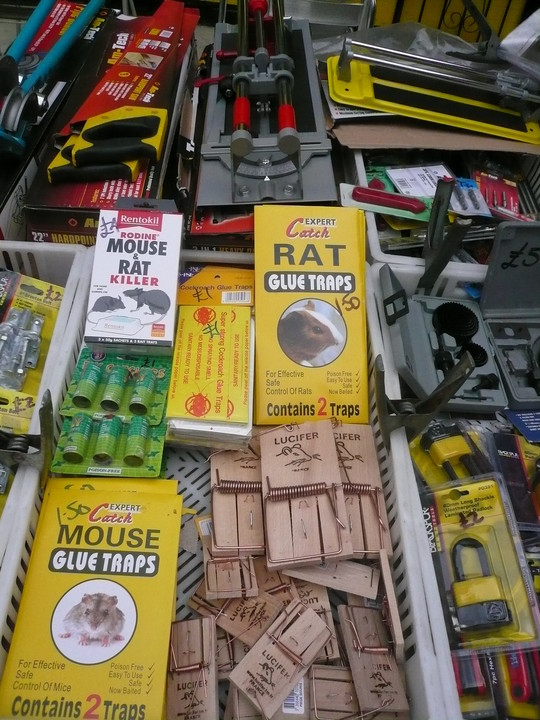
Outside on the deck of the boat, set up rat traps. They are extremely effective, but need to be inspected regularly, as they only provide room for one animal at a time, which will die in the trap.
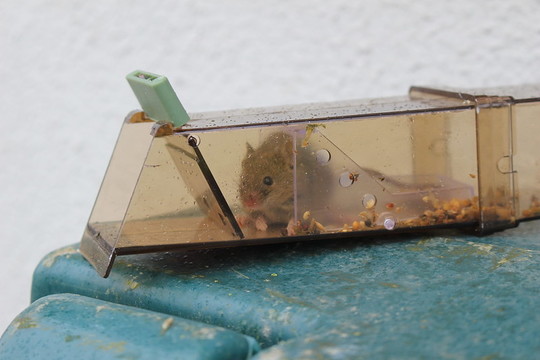
Tips and sails
After an infestation has been combated, it will be necessary to inspect the condition of all fabric items on board the boat. The first thing to think about is naturally the curtains and other seats.
But it is also - above all - the constrained textiles ( ropes, sails, life jackets ) and unseen areas that also need to be inspected. For rope elements, a visual inspection will suffice. They must not show any signs of wear or abrasion or they will be downgraded.
The sails must not be gnawed at the eyelets. Furling and reefing toggles should be inspected and replaced if there is any doubt.
Finally, the whole thing should be thoroughly washed and rinsed to remove any remaining acidic urine and odors that, if left, will be invitations to other visitors around an excellent table.
Think of the lifeboat
Rats have teeth that allow them to pierce just about any material and have a tendency to hide in unlikely places. The lifeboat is one of them. Warm shelter, without light, with water and food, it is conceivable that the rats have decided to take refuge there. You will need to inspect the raft's trunk from every angle, both visible and invisible, to ensure that it has not been attacked in any way. If in doubt, drop it off for servicing, it would be annoying to find that it has been rendered inoperable by rats at the time you need it.

 /
/ 